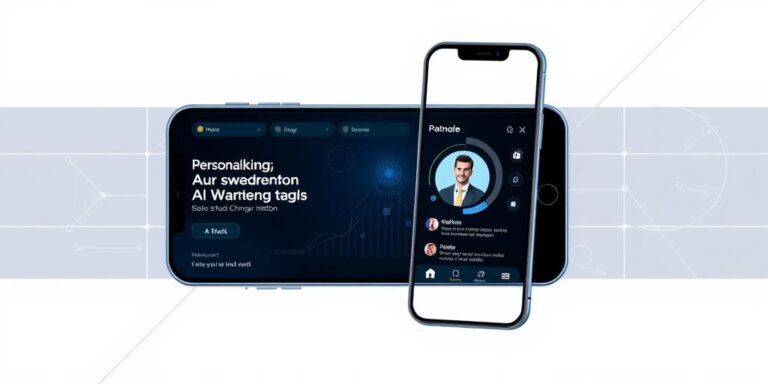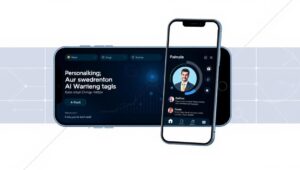AI-Powered Smartphones: Proactive and Truly Intelligent (2026)
By 2026, smartphones are poised to transcend their current capabilities, evolving into proactive and truly intelligent companions. Artificial intelligence (AI) will be the driving force behind this transformation, enabling devices to anticipate user needs, automate complex tasks, and offer personalized experiences like never before. This article explores the key advancements and features expected in AI-powered smartphones by 2026.
Anticipatory Computing
One of the most significant advancements will be anticipatory computing. AI algorithms will analyze user behavior, calendar events, location data, and communication patterns to predict upcoming needs. For example:
- Travel Assistance: The smartphone anticipates an upcoming flight, automatically checking flight status, suggesting optimal routes to the airport, and providing real-time traffic updates.
- Meeting Preparation: Before a meeting, the device proactively gathers relevant documents, briefing notes, and contact information of attendees.
- Smart Reminders: Instead of generic reminders, the AI understands the context and urgency, delivering timely reminders based on the user’s current activity and location.
Enhanced Personalization
AI will facilitate deeper personalization, tailoring the smartphone experience to individual preferences and habits. This includes:
- Adaptive User Interface: The UI dynamically adjusts based on usage patterns, placing frequently used apps and features within easy reach. Unused apps are intelligently tucked away.
- AI-Driven Content Recommendations: News feeds, social media streams, and entertainment apps are curated based on AI algorithms that understand the user’s interests and content consumption history.
- Customized Sound Profiles: AI optimizes audio settings based on the environment, automatically adjusting volume, noise cancellation, and equalizer settings for optimal listening experiences.
Intelligent Automation
Repetitive tasks will be intelligently automated, freeing users from mundane activities. Examples include:
- Automated Email Management: AI filters out spam, prioritizes important messages, and even drafts responses based on learned communication styles.
- Smart Home Integration: Seamlessly control smart home devices based on context. For example, the smartphone automatically adjusts the thermostat and lighting upon arriving home.
- Context-Aware Photography: The camera AI recognizes scenes and objects, automatically adjusting settings to capture the best possible photos and videos.
Proactive Security
AI will play a critical role in enhancing smartphone security and privacy:
- Real-Time Threat Detection: AI algorithms continuously monitor the device for malicious activity, proactively identifying and neutralizing threats.
- Behavioral Biometrics: AI analyzes user behavior patterns, such as typing speed and gait, to authenticate identity and prevent unauthorized access.
- Privacy-Aware Permissions: AI flags apps that request unnecessary permissions or exhibit suspicious behavior, empowering users to make informed decisions about data sharing.
Conclusion
By 2026, AI-powered smartphones will be far more than just communication devices. They will serve as proactive, intelligent assistants that anticipate our needs, automate tasks, and provide personalized experiences. As AI technology continues to advance, smartphones will become indispensable tools that enhance productivity, security, and overall quality of life.




